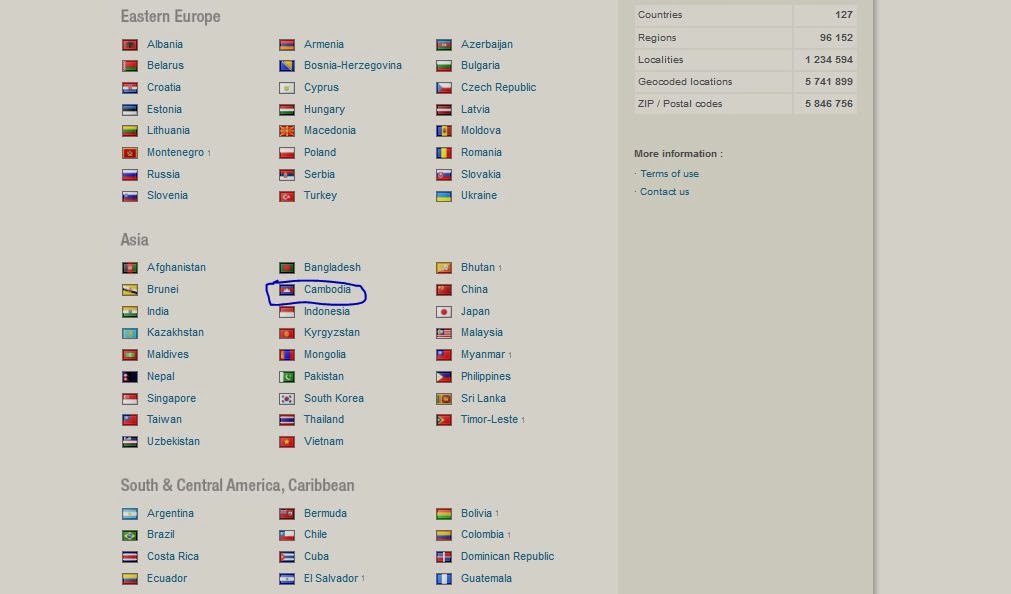Kampala Postal Code: Understanding The Heart Of Uganda's Capital
Kampala, the bustling capital of Uganda, is not just known for its vibrant culture and rich history but also for its organized postal system that plays a crucial role in communication and logistics. The Kampala postal code is an essential aspect of the city’s infrastructure, enabling efficient mail delivery and ensuring that residents can easily receive packages and correspondence. As the city continues to grow and modernize, understanding the postal code system becomes increasingly important for both locals and newcomers.
The postal code system in Kampala reflects the city's urban layout and division into various neighborhoods. Each area has its unique postal code that helps postal services identify locations quickly and accurately. For residents and businesses alike, knowing the correct postal code is vital for sending and receiving mail. This article will explore what the Kampala postal code is, why it matters, and how it functions within the broader context of Uganda's postal services.
As we delve into the details of the Kampala postal code, we will also address common questions surrounding its usage, the impact of digital communication on traditional mailing systems, and the future of postal services in Uganda. Whether you're a resident looking to familiarize yourself with your area's postal code or a visitor wanting to send a postcard, understanding this system is key to navigating the city’s communication landscape.
What is the Kampala Postal Code System?
The Kampala postal code system is comprised of several unique codes assigned to different areas within the city. Each postal code serves as a locator for mail sorting and delivery, streamlining the process for postal workers. The most commonly used postal code for central Kampala is 256, but there are numerous other codes specific to various districts and neighborhoods throughout the city.
How Many Postal Codes Does Kampala Have?
Kampala has numerous postal codes, segmented by different regions and districts. Here are a few examples:
- Central Kampala: 256
- Kawempe: 256-5
- Makindye: 256-4
- Rubaga: 256-6
- Ntinda: 256-7
Why is the Kampala Postal Code Important?
The Kampala postal code is crucial for several reasons:
- Efficient Mail Delivery: It helps postal services deliver mail to the right addresses efficiently.
- Business Operations: Businesses rely on accurate postal codes for shipping and receiving goods.
- Emergency Services: Postal codes can assist emergency services in reaching locations quickly.
How to Find Your Kampala Postal Code?
Finding your specific postal code in Kampala is straightforward. You can:
- Visit the Uganda Post website.
- Check with local postal offices.
- Utilize online postal code directories.
Can the Kampala Postal Code Change?
Yes, postal codes can change due to urban development, population growth, or restructuring of postal routes. It’s essential for residents and businesses to stay updated on any changes to ensure smooth mail delivery.
What Are the Challenges Facing the Postal Code System in Kampala?
Despite its importance, the postal code system in Kampala faces several challenges:
- Digital Communication: The rise of email and instant messaging has decreased the reliance on traditional mail.
- Infrastructure Issues: Poor road conditions can hinder mail delivery.
- Awareness: Many residents may not be aware of their specific postal codes.
How is the Kampala Postal Code Linked to Other Postal Services in Uganda?
The Kampala postal code is part of a larger postal system that serves the entire country of Uganda. The Uganda Post, which manages postal services, relies on these codes to maintain an organized and efficient network. The postal codes in Kampala are integrated into this nationwide system, ensuring that mail is not only delivered within the city but also dispatched to other regions across Uganda.
Looking Towards the Future: The Evolution of Postal Services in Kampala
As technology continues to advance, the postal services in Kampala and Uganda at large must adapt. With the increase in e-commerce and digital communication, the need for efficient mail services remains, but the methods of delivery and communication are changing. Future developments may include improved tracking systems, enhanced logistics, and a greater emphasis on digital solutions alongside traditional mailing services.
Conclusion: Embracing the Importance of the Kampala Postal Code
In conclusion, the Kampala postal code is more than just a number; it is an integral part of the city’s communication infrastructure. Understanding how it works and why it is important can greatly benefit residents, businesses, and visitors alike. As the city continues to grow and evolve, so too will its postal services, ensuring that the people of Kampala can stay connected both locally and across the globe.
Article Recommendations

